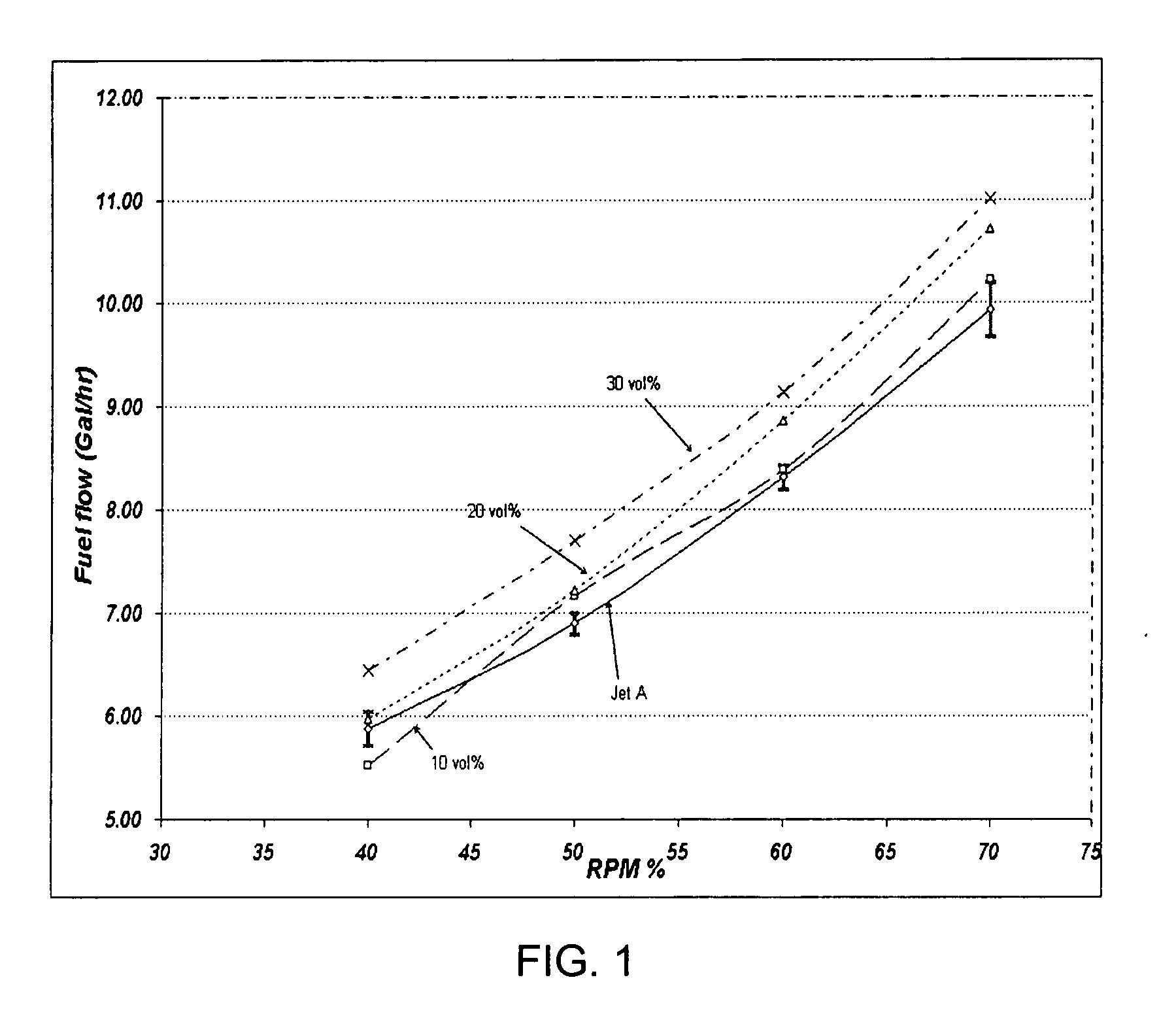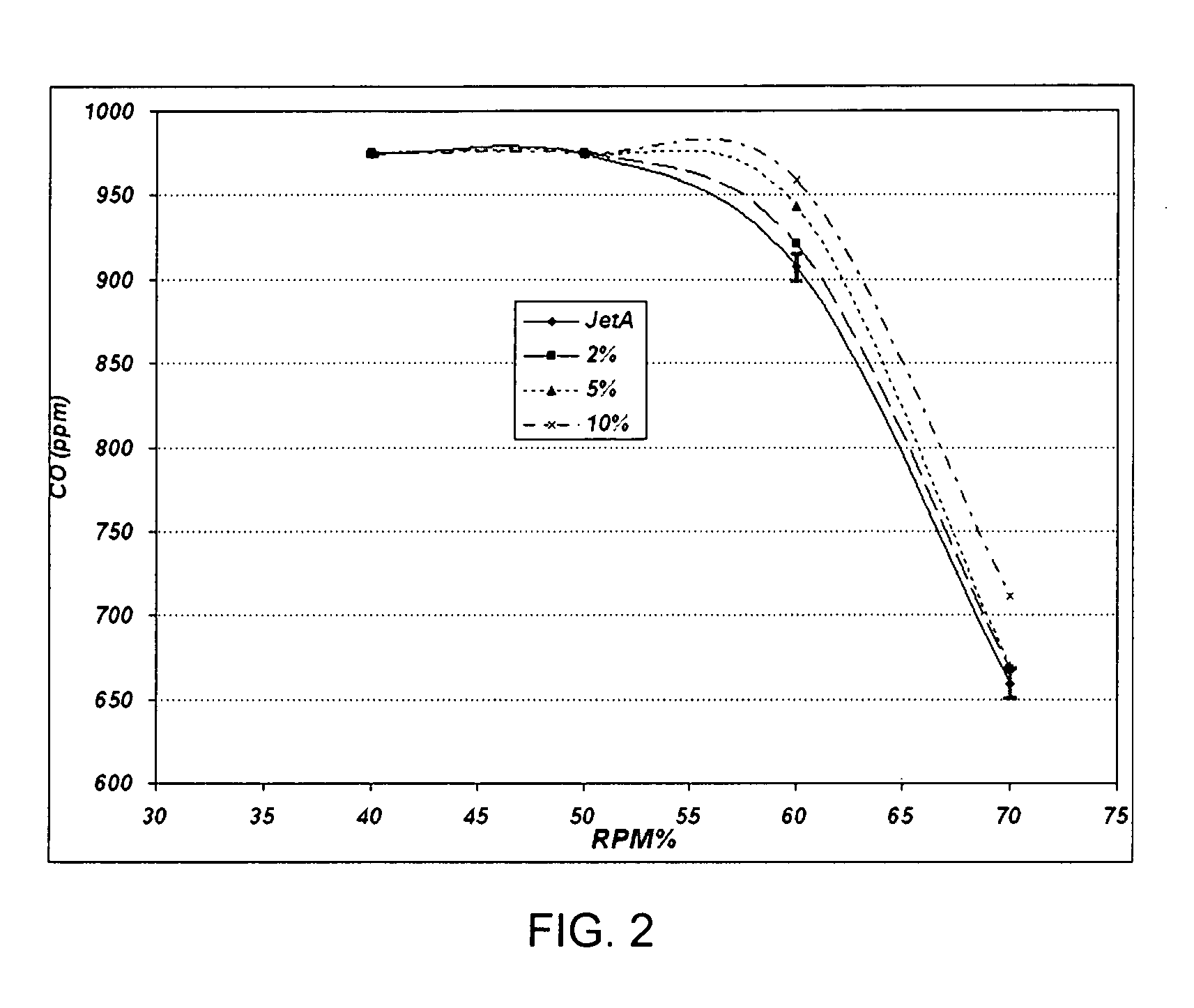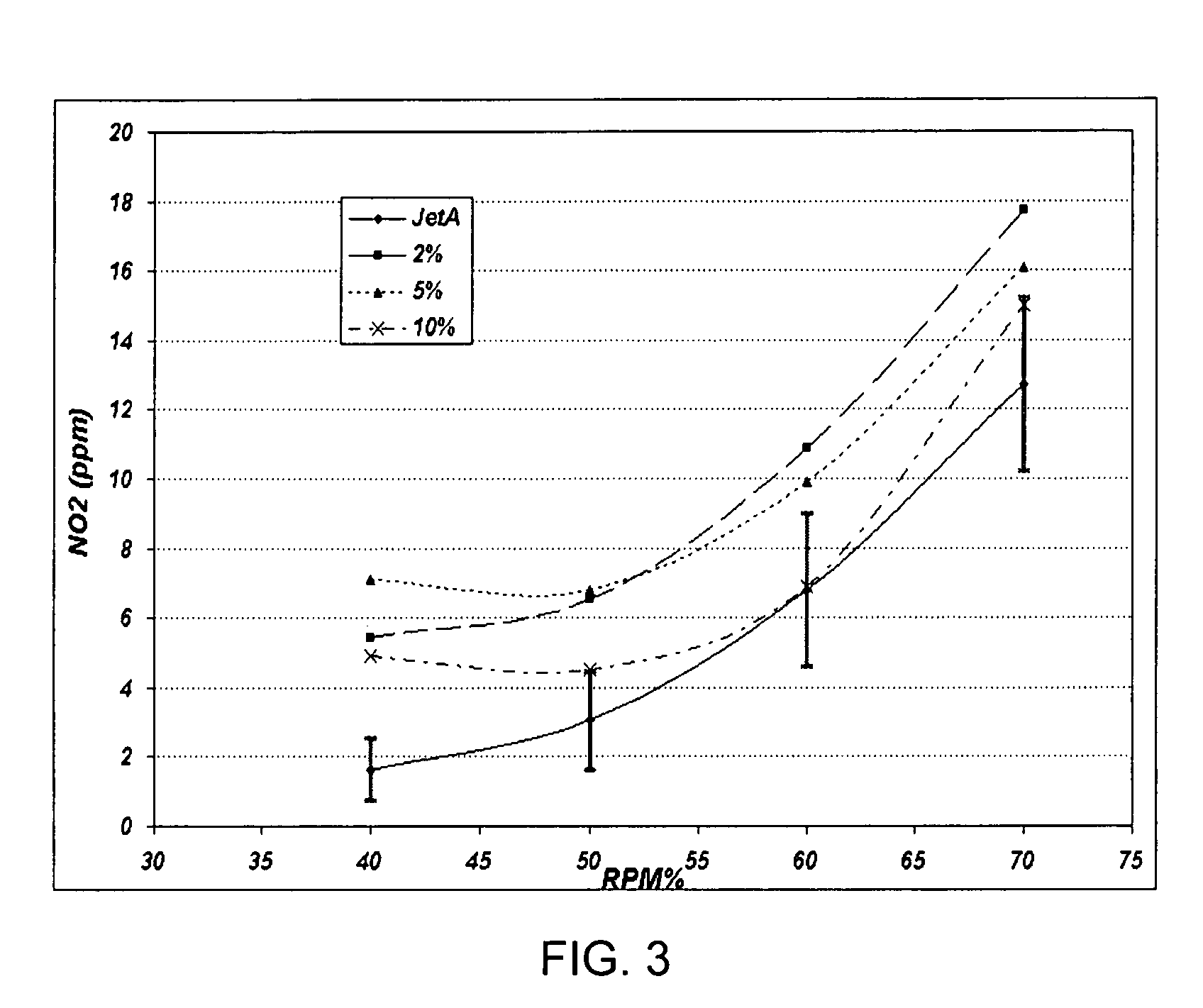Method for separating saturated and unsaturated fatty acid esters and use of separated fatty acid esters
- Summary
- Abstract
- Description
- Claims
- Application Information
AI Technical Summary
Benefits of technology
Problems solved by technology
Method used
Image
Examples
example 1
[0050] The starting SME had the composition and properties according to Table 2: Table 2:
TABLE 2Percentage byFatty Acid Methyl Esterweight compositionMethyl Palmitate (C16:0)9.15Methyl Stearate (C18:0)3.78Methyl Oleate (C18:1)23.52Methyl Linoleate (C18:2)55.25Methyl Linoleniate (C18:3)7.64Others0.66Total Saturates12.93Cloud Point: (C.°)0
[0051] 24.057 g of soy methyl esters and 10.077 g of urea were added to 160 mL of EtOH and the mixture was heated to 67 C°, with constant stirring. A homogenos mixture was obtained with all the urea dissolving at this temperature. The mixture was then cooled at a rate of 1.19 C° / min to a final temperature of 20 C°. The urea inclusions compounds formed were then separated by filtration. The filtrate was then heated to 30 C° and 70% of the starting volume of EtOH was recovered via evaporation under vacuum. The remaining filtrate was then washed with equal volume of water (60 C°, pH 3). This step was repeated twice. 18.83 g of fractionated SME (78.38%...
example 2
[0052] The starting SME had the composition and properties according to Table 2:
[0053] 24.053 g of SME and 18.045 g of urea were added to 160 mL of EtOH and the mixture was heated to 73 C°, with constant stirring. A homogenous mixture was obtained with all the urea dissolving at this temperature. The mixture was then cooled at a rate of 1.19 C° / min to a final temperature of 20 C°. The urea inclusions compounds formed were then separated by filtration. The filtrate was then heated to 30 C° and 52% of the starting volume of EtOH was recovered via evaporation under vacuum. The filtrate was then washed with equal volume of water (60 C°, pH 3). This step was repeated twice. 15.97 g of fractionated SME (66.39% by wt of the starting SME) was recovered with the composition and properties according to Table 4.
TABLE 4Percentage byFatty Acid Methyl Esterweight compositionMethyl Palmitate (C16:0)1.55Methyl Stearate (C18:0)0.00Methyl Oleate (C18:1)21.92Methyl Linoleate (C18:2)69.47Methyl Lino...
example 3
[0054] The starting SME had the composition and properties according to Table 2:
[0055] 24.056 g of SME and 16.041 g of urea were added to 160 mL of EtOH and the mixture was heated to 72 C°, with constant stirring. A homogenous mixture was obtained with all the urea dissolving at this temperature. The mixture was then cooled at a rate of 1.32 C° / min to a final temperature of 30 C°. The urea inclusions compounds formed were then separated by filtration. The filtrate was then heated to 30 C° and 63% of the starting volume of EtOH was recovered via evaporation under vacuum. The filtrate was then washed with equal volume of water (60 C°, pH 3). This step was repeated twice. 18.25 g of fractionated SME (75.86% by wt of the starting SME) was recovered with the composition and properties according to Table 5.
TABLE 5Percentage byFatty Acid Methyl Esterweight compositionMethyl Palmitate (C16:0)2.25Methyl Stearate (C18:0)0.00Methyl Oleate (C18:1)22.45Methyl Linoleate (C18:2)68.53Methyl Lino...
PUM
 Login to View More
Login to View More Abstract
Description
Claims
Application Information
 Login to View More
Login to View More - R&D
- Intellectual Property
- Life Sciences
- Materials
- Tech Scout
- Unparalleled Data Quality
- Higher Quality Content
- 60% Fewer Hallucinations
Browse by: Latest US Patents, China's latest patents, Technical Efficacy Thesaurus, Application Domain, Technology Topic, Popular Technical Reports.
© 2025 PatSnap. All rights reserved.Legal|Privacy policy|Modern Slavery Act Transparency Statement|Sitemap|About US| Contact US: help@patsnap.com



